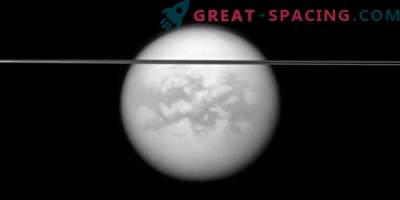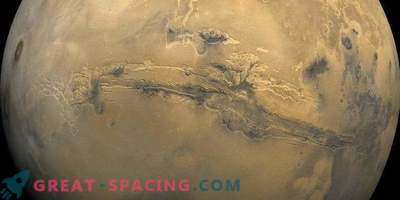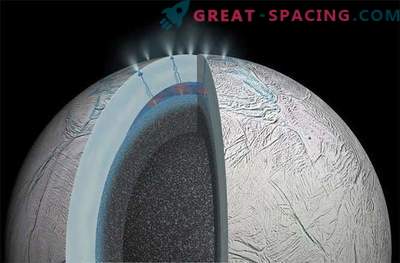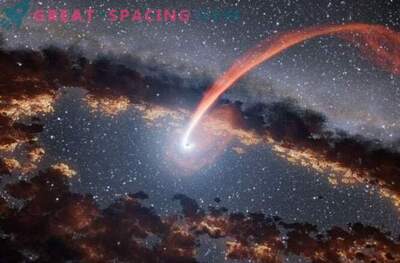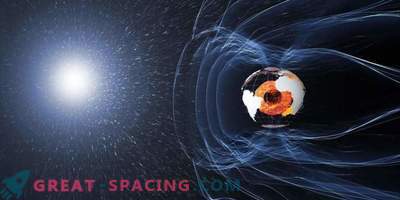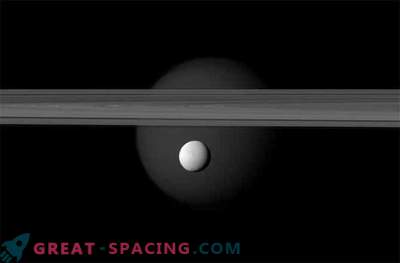
Using data from NASA’s Cassini space-based mass spectrometry, scientists found that large and carbon-rich organic molecules ejected from the cracks of Enceladus’s ice surface (Saturn’s satellite). Researchers believe that chemical reactions between the rocky core and the warm water of the subsurface ocean are associated with these complex molecules.
Previously, the intrigue consisted in finding the simplest organic molecules with several carbon atoms. Now it was possible to notice organic molecules with a mass of more than 200 atomic units, which is 10 times heavier than methane. In the presence of complex organic molecules coming from the liquid ocean, this satellite will be the only body (except Earth) that simultaneously satisfies all the requirements for life.
Until the completion of the mission in 2017, Cassini was able to take a sample from a jet coming out from under the surface of Enceladus. The space dust collector (CDA) and the ion-neutron mass spectrometer carried out measurements both in the jet and in the Saturn E-ring created from ice grains. During the span of October 28, 2015, the instruments recorded molecular hydrogen in the jet. The previous spans hinted at the presence of a subsurface ocean located above a rocky core. It is believed that molecular hydrogen in the jet is formed by geochemical contact between water and rocks in hydrothermal environments.
Hydrogen provides a source of chemical energy that supports microbes living in the earth’s oceans near hydrothermal vents. A new study makes the first step in understanding the complexity of organic chemistry on Enceladus, which exceeds the expectations of scientists.
The future spacecraft will be able to fly through Enceladus and analyze these complex organic molecules using a high-resolution mass spectrometer to determine the exact composition.

